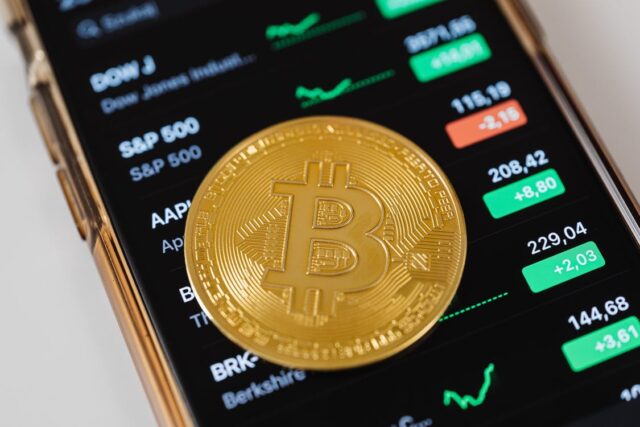
We’ve been witnessing the expansion of cryptocurrencies during the last couple of years, and as the market evolved and changed, so did the methods used by hackers to steal them.
Hacking has existed since the invention of computer technology, but hacker attacks in the space of cryptocurrencies are problematic and specific because transactions are irreversible. Beginners may ask why are they irreversible? Because the network they are based on is decentralized. Meaning that once a transaction happens, it cannot be recovered. Without the ability to cancel a transaction, protection around the storage and safekeeping of cryptocurrencies becomes a priority.
So, before you start buying them, you must learn at least the basics of how to keep them safe from hackers. This goes especially to those who are planning to invest and buy a larger amount of these digital assets. The fact that transactions are irreversible should not discourage you from buying, it just means you should take a bit more caution when using them. In the rest of the article, you’ll find 6 useful tips to help you keep your precious coins safe from theft.
1. Move the assets as soon as you buy them
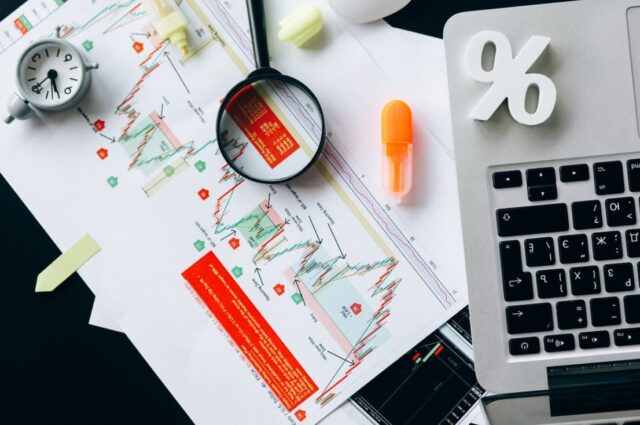
To buy or sell a cryptocurrency, you must use a crypto exchange, such as for example bitcoinprimeapp.com. And to store it you need a wallet. These two parts are crucial and necessary for every small or large investor.
After you buy the coin of your preference, on the exchange of your choice, it’s a good idea to remove it from this location, as soon as you make a purchase. The trading app or exchange does provide you with a wallet, but by no means should you mistake this for a real one. Although the exchange offices themselves take their own security precautions to prevent theft, they are not immune to hacker attacks. While your digital coin is most likely safe on the big exchanges, it’s not entirely ‘yours’ as long as you don’t have control over your private keys. The phrase – ‘Not your keys not your bitcoin’ is popular in the crypto community. To do this, you need to move it to a crypto wallet.
2. Purchase a safe wallet
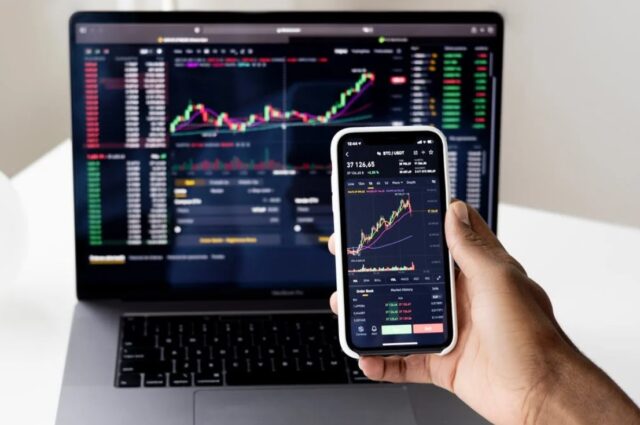
What you’ve probably learned by now is that there are two primary types of wallets, hot and cold. Online and hardware. Hot ones are those we’ve mentioned in the previous point and are automatically assigned to you when you buy coins through an exchange office and are generally used for active trading. If you want to go with maximum insurance, a cold one is the best option. Cold looks like a memory stick and each generates a private key similar to randomly selected words that never touches the computer on which it is used, so there is no risk of discovering private keys via the Internet and stealing funds.
Since they are assessed as the safest option it’s also important to know that both cost less than $ 200. A small price to pay for the safety of your assets.
There is also a paper wallet, a printed piece of paper containing keys and QR codes used for transactions. Because private keys were removed from the Internet, paper wallets were considered more secure than other forms of cryptocurrency storage. However, the risks associated with losing or damaging a paper wallet may outweigh the potential security benefits.
3. Build a strong password

Most people like to use the same passwords for all their accounts simply because it’s easier to remember them. This is exactly why you should stop this pattern when you decide to buy crypto. You must be aware at all times that these assets are the number one target for hackers today, therefore think of a way to make their job difficult. One technique is to combine a word with both capital and small letters, numbers, and other signs, which you will be used only for your trading, and storing activity.
4. Avoid using mobile apps
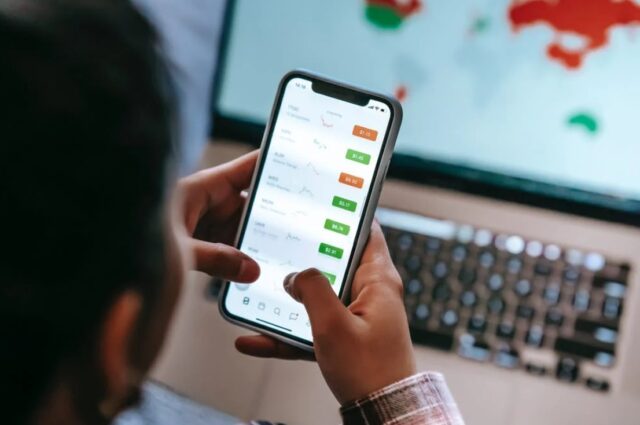
Because of the obvious convenience, and a habit of using mobile phones for everything, many people use apps for accessing and trading their digital coins. But this is not so smart. Especially if you’ve bought quite an amount, managing it via mobile phone is a great safety risk. Tons of phishing campaigns are being designed just for this purpose – to steal your credentials, and your assets. Such attacks can come from different sources, social media, ads, SMS, email, whatever you use. But, this is not the only security threat.
There are a number of mobile apps with the hidden ability to monitor your screen activity and learn your sensitive data. A solution for this would be to purchase and install a solid anti-virus program, on all devices you use for the crypto activity. Be it a mobile phone, or a computer, safety is guaranteed only when you have proper protection installed.
5. Never share your keys with anyone
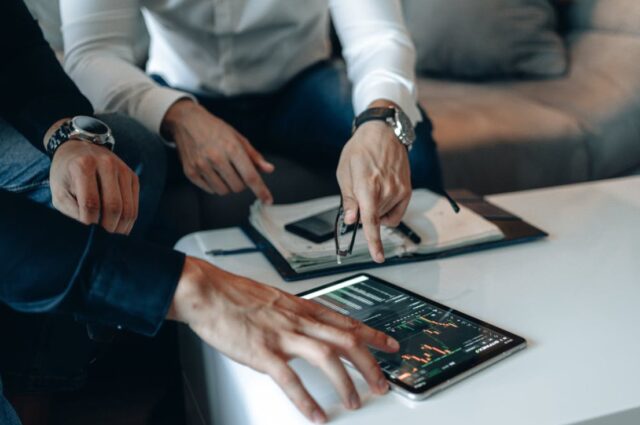
Take this very seriously. The key you get is only for you to use when sending or receiving coins, and is for the purpose of validation. With it, you are validating your identity, therefore you should never share it with anyone. So, what is the safest practice? Print out the key info, and as soon as you do it, remove all digital traces of it.
6. Use multiple authentication methods

Just as the case with your e-mail account, here also it is better to choose at least two methods of authentication. This way you are adding extra protection to your assets. There are apps to help you with this, and whichever you choose will surely only add to the safety.
Just as we said earlier in the text, cryptocurrencies are the number one thing hackers are going for. One should have this in mind every time they think there is an idea of sharing your keys with someone else. However, applying what we suggested will surely provide enough safety.













